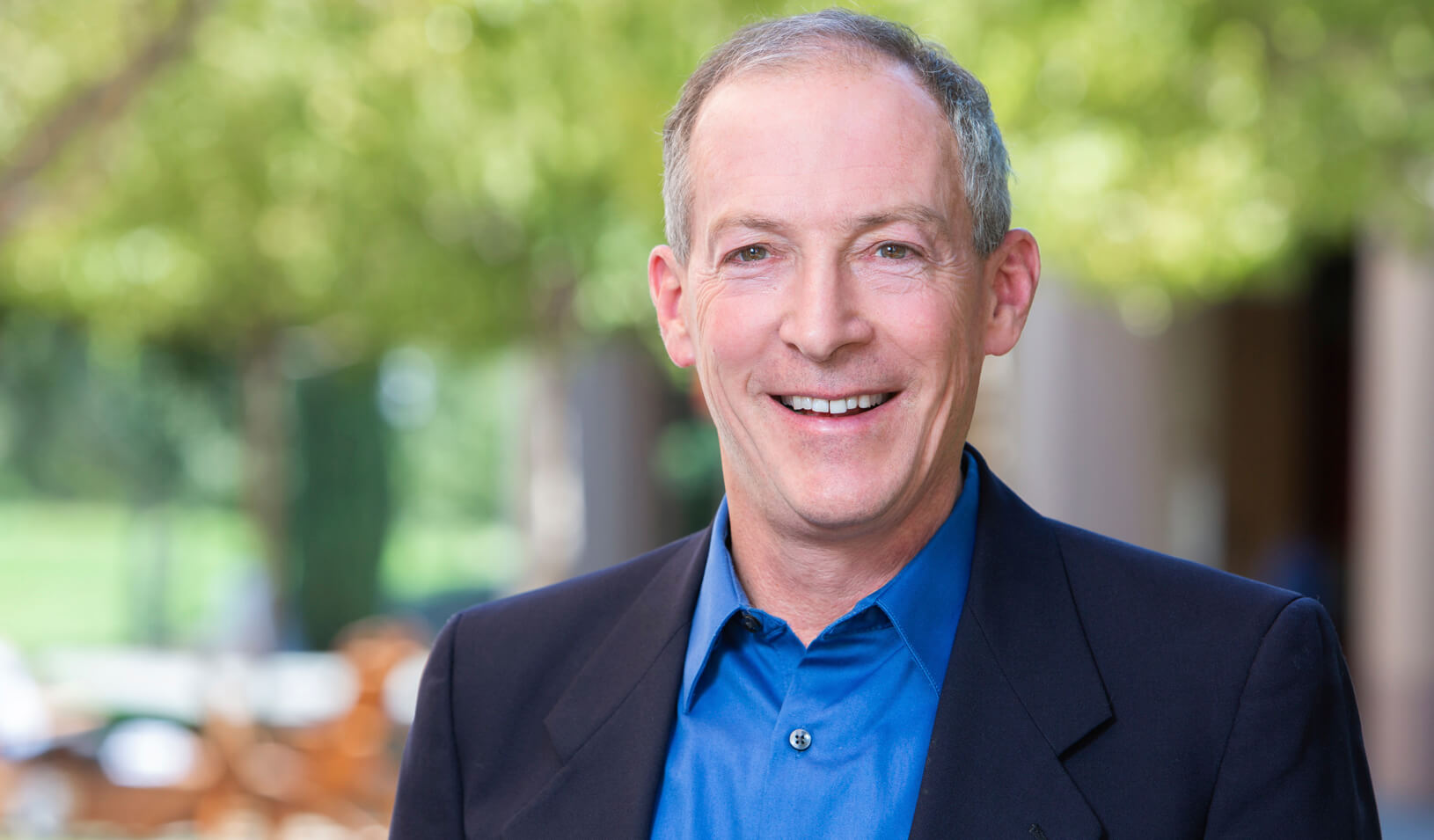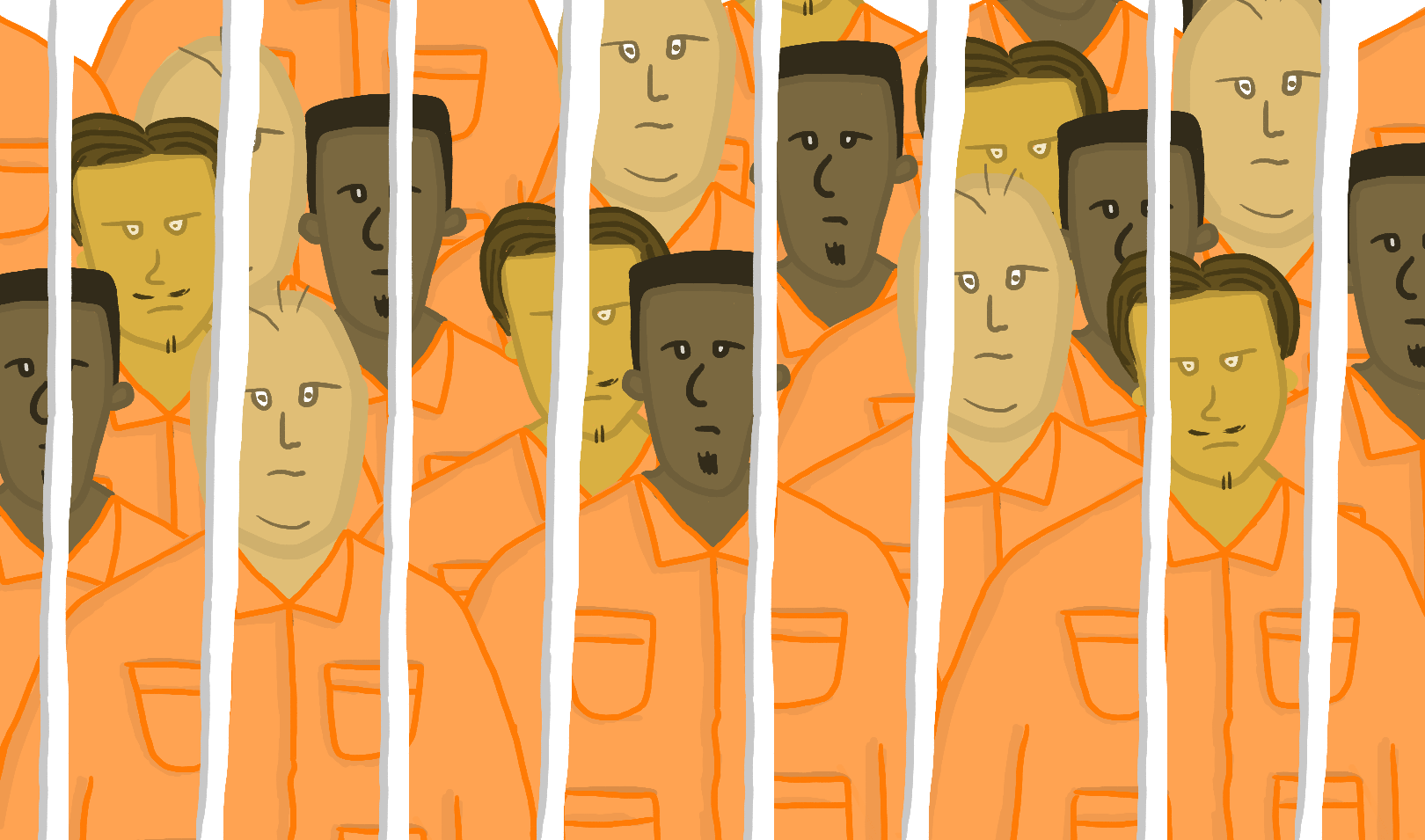Prosecutors around the country are working to improve their decisions with data and hire more diverse teams. | iStock/ozgurdonmaz
When career prosecutor Venus Johnson joined the Contra Costa County District Attorney’s Office in 2018, it did not reflect her background. She was one of two women of color in the top two roles in an office that was predominantly white, male, and Republican. The office the prior year had publicly stated there was no explicit or implicit bias in any of its charging decisions. “When we came in wanting to talk about data, wanting to remove the window dressing and look behind it, we were met with extreme resistance,” she recalls.
Culture change has taken time and perseverance. The office launched a county task force study that found bias in treatment of people of color; hired the Vera Institute of Justice, a nonprofit that helps DAs drive policy and practice through data; took time to listen and look for allies among the staff; and made strategic management decisions. Today, she says, they are only now slowly focusing more on data to drive decisions.
Johnson’s experience isn’t unusual. At Stanford Graduate School of Business’s “Transforming Prosecution: Culture, Accountability, and Empiricism” conference, she was joined by other speakers on a panel focused on culture change among prosecutors. They discussed the challenges of transforming district attorneys’ offices from data-light, personality-driven teams to the modern era — into offices that enact data-driven policies, track the impact, employ diverse teams, and confront unconscious bias.
In Philadelphia, the DAO launched an aggressive recruiting campaign to find more diverse hires, said Oren Gur, the office’s director of research. They broadened their geographic search — recruiting from California, Florida, and historically black colleges and universities, and focusing on bringing talented locals back home. The office also launched the District Attorney’s Transparency Analytics Lab team to track, analyze, and share analytics.
Not every action brings easy success, and one challenge has been getting different audiences to use the lab’s analytics dashboard, Gur said. “We can do these things that we think are great and radical and transparent and increase accountability for our office and the system,” he said, “but it’s a whole other ballgame to get people to go there.”
Vera’s Jamila Hodge said prosecutors’ sense of reality often doesn’t align with the metrics. One client told her they don’t ask for bail for most misdemeanors, but her research found the office actually required bail for nearly 60% of such cases. “You can think you know what’s happening, but data has been so important to actually understanding the problem.”
Culture shift is hard for any organization, but some do it better than others, said panel moderator Anh Phillips. In the corporate world, the companies that successfully manage culture shifts tend to be more agile, encourage experiments and continual learning, reward collaboration, accept risk of failure, and organize around cross-functional teams. More important, all of this is intentional. These companies are consciously building that culture, which then drives adoption of new tools and new ways of thinking.
Susan Athey, Stanford GSB’s Economics of Technology Professor, says social impact organizations face challenges moving to a data-driven approach, from hiring data analysts in a competitive market to moving and iterating quickly, but there are “opportunities to use data and data analysis to improve social sector effectiveness across the board.”
Athey is the faculty director of Stanford GSB’s Golub Capital Social Impact Lab, which hosted the conference with support by the Chan Zuckerberg Initiative and the Laura and John Arnold Foundation. It ran Feb. 19-20 and included sessions on studying implicit bias, turning data into policy, and understanding data quality. Over 100 people attended from district attorneys’ offices, justice reform organizations, and universities across the country.
For media inquiries, visit the Newsroom.






